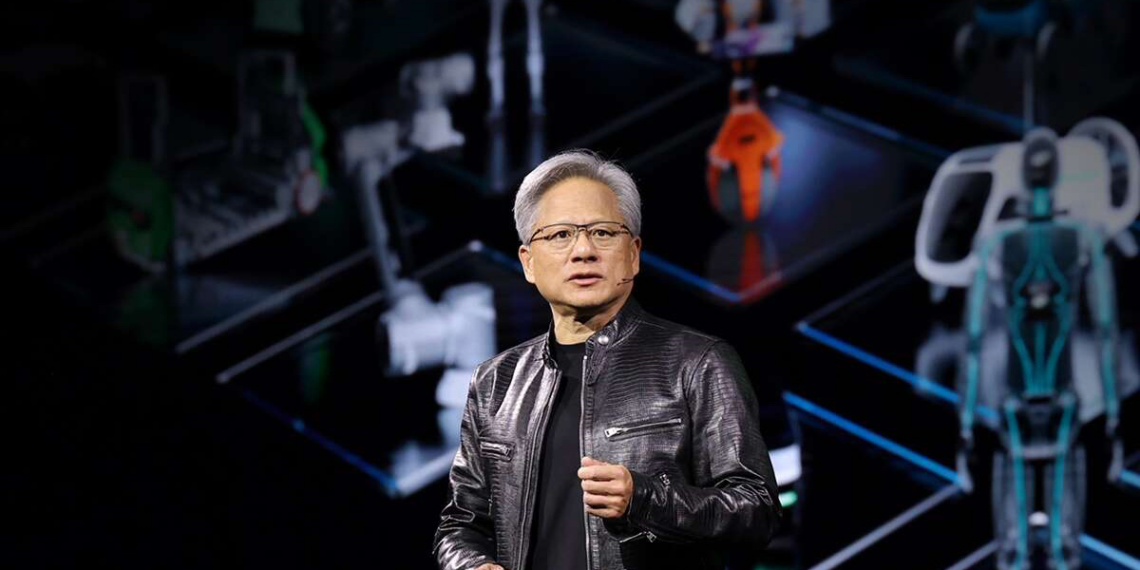Nvidia surpassed Apple to become the second most valuable company in the world with a market capitalization of $3.01 trillion.
This places Nvidia just behind Microsoft, which currently holds the top spot with a market cap of $3.15 trillion.
Nvidia’s rise in market value is primarily driven by its impact on the artificial intelligence (AI) sector. The company’s flagship H100 chip has been key in securing a leading position in the AI chip market, where Nvidia’s AI accelerators account for between 70 to 95 percent of the market share.
This market presence has led to a surge in demand for Nvidia’s products, contributing to its financial performance.
In May 2023, Nvidia reported a $14 billion in profit, further solidifying its innovative moves in the tech industry. The company plans to maintain this momentum by launching a new AI chip annually, starting with the upcoming Blackwell B200 GPU expected later this year.
Nvidia first reached a $1 trillion market cap in May 2023, surpassed $2 trillion in February 2024, and has now crossed the $3 trillion mark. This rapid ascent reiterates the growing importance and adoption of AI technologies across various industries.
The company’s stock has also performed exceptionally well, closing at an all-time high of $1,224.40 per share.
Nvidia plans to execute a 10-for-1 stock split, with shares being distributed after the close of trading on June 7th and trading post-split beginning on June 10th. This move is aimed at making the stock more accessible to a broader range of investors.
Nvidia CEO Jensen Huang has been indispensable in the company’s success. His presentations at Computex 2024 in Taipei placed great emphasis on the potential of AI and Nvidia’s focus on innovation.
Huang detailed a vision where AI fundamentally changes how information is generated and utilized, changing traditional computing methods that have been in place for decades.
Huang has been forging partnerships with other tech giants, such as Taiwan Semiconductor Manufacturing Company (TSMC), to advance Nvidia’s technological capabilities.







Comments 1